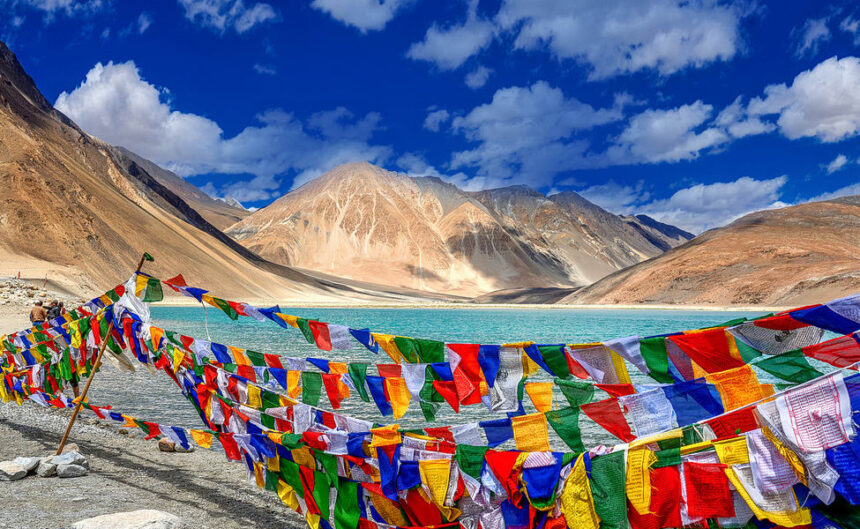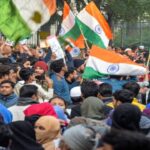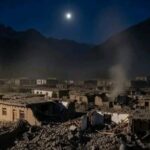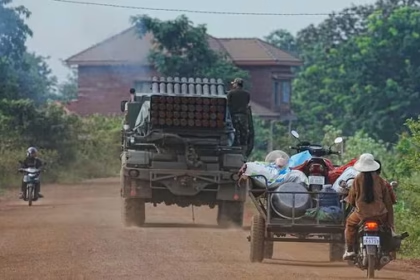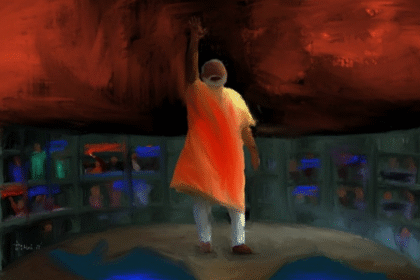Ladakh Turmoil Explained: How J&K’s Bifurcation Triggered Unrest
Any act of statecraft performed without a vision or plan for the future is as bad as committing political harakiri. There is little justification for any political party – in this case the Bharatiya Janata Party (BJP) and the Bharatiya Jana Sangh’s commitment to abolishing Article 370 – to claim that since they had committed themselves to a particular policy, then its execution is an act of faith.
The mere honouring of a commitment does not necessarily make good politics, let alone great statesmanship. The fundamental question is whether the decision was a farsighted one. It is for all to see that nothing positive has happened in the region since the article was defanged – even if we set aside the high-profile terrorist incidents that have blighted the erstwhile state ever since.
In this essay, I make four quick points. The first three relate to Article 370; the fourth draws lessons from Sri Lanka’s Eastern Province, whose mixed population of Tamils, Muslims and Sinhalese (along with Indian Tamils) reflects the island nation’s ethnic mosaic.
One, even before the ‘abolition’ of Article 370, the article had been eroded to such an extent, mostly by successive Congress regimes, that only a skeletal form remained on the statute book.
For example, the permit system to enter into the state was abolished and the jurisdictions of the Supreme Court, Comptroller and Auditor General and the Election Commission were all extended to it.
Article 356 of the Constitution, which allows President’s Rule in any state, was also extended to J&K. Over time, all central services were extended to the state, and scores of central labour laws were made applicable.
Barring the shell, nothing substantive of Article 370 was left standing. Even the BJP was well aware of these dilutions, as was evidenced in the June 1993 resolution of the party’s National Executive.
Second, the bifurcation of the state into two Union Territories was a blunder. Given India’s constitutional commitment to secularism, federalism and local autonomy (Sixth Schedule), the decision displayed a lack of political wisdom. An undivided J&K was the best experience available to the Indian state where Hindus, Muslims and Buddhists spread across three regions had politically coexisted for generations.
It served as a model for Indian plurality, which should not merely have been tolerated but consciously nurtured. The Kerala model may provide yet another example, but its Hindu, Christian and Muslim communities are not as region specific as is the case with J&K. Even Ladakh is plural, with Buddhists and Muslims sharing an almost equal share of the population.
Third, symbolism matters in politics. Does anybody have any doubts about the overarching influence of the Union government over most parts of the Northeast? This is the case despite large parts of the northeastern region enjoying the benefits of the Sixth Schedule. Including Ladakh under the Sixth Schedule within the state of J&K is much simpler than granting it to an autonomous entity by itself. These are common sense understandings of the Indian political reality.
Fourth, during the Sinhala-Tamil ethnic conflict – which consumed large periods of Sri Lanka’s postcolonial history and later roped in the Muslim community, which sometimes sided with the Tamils and with the Sinhalese on other occasions – the Eastern Province set a unique example of coexistence of all the three communities. The Tamils constituted about 40% of the population of the Eastern Province while Muslims and Sinhalese 37% and 23%, respectively.
Between 1988 and 2006, under the pressure of the Indian government and the Sri Lanka Tamil leadership (mostly articulated by the LTTE), the Eastern and the Northern provinces were merged into one North-Eastern Province. But in 2006, the Sri Lankan Supreme Court nullified the merger and in the following year the demerger was legalised.
Given the larger Sri Lankan ethnic reality, I think that the country should be complimented for this. Whatever be the internal political tensions in the Eastern Province, it at least provides a model for all three Sri Lankan ethnicities to coexist. This is exactly what we are now missing in the former state of Jammu and Kashmir.
I plead with the Indian government to swallow their embarrassment by restoring the original unified J&K with three regions, Kashmir, Jammu and Ladakh (that includes Kargil) and allow the three communities to politically settle their disputes. Is democracy not another name of compromise and coexistence? All political ego trips have only limited durability.
This is the only solution to the current problem in the region. I will strongly vote against the granting of full statehood to Ladakh. Statehood for a mere 300,000 people (divided almost equally between the Leh Buddhists and the Kargil Shia Muslims), that too in a highly sensitive border region, is inviting trouble beyond imagination. It may be noted that the smallest state in India’s northeast, Sikkim, too has a population more than double that of Ladakh.
Let there be a status quo ante as obtained before the ‘abolition’ of Article 370. If a bitter political pill has to be swallowed by the BJP then so be it. In that way, the party would be remembered for its statesmanship for the alternative is much more detrimental for the party’s image in the long run.
Also Read: 10 Decades of Dissent: How Delhi’s Streets Became the Epicentre of India’s Protest Power


